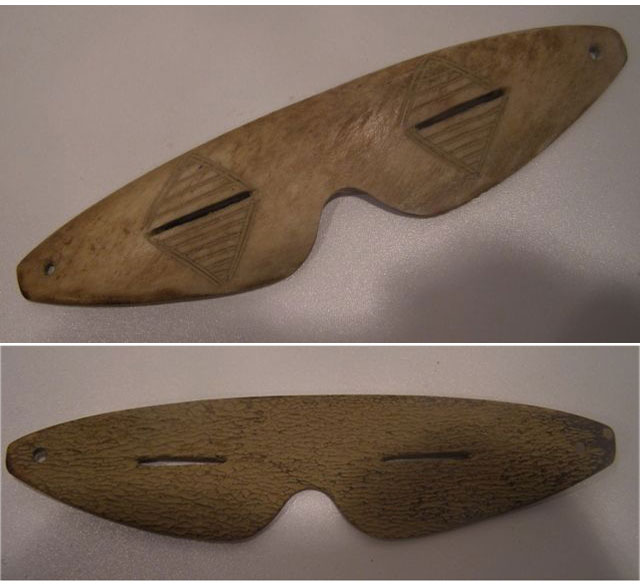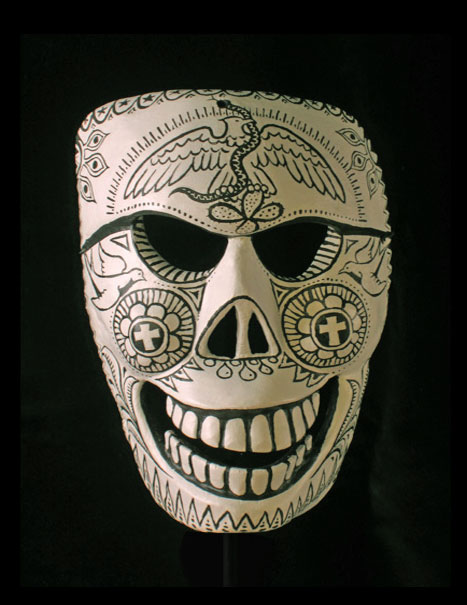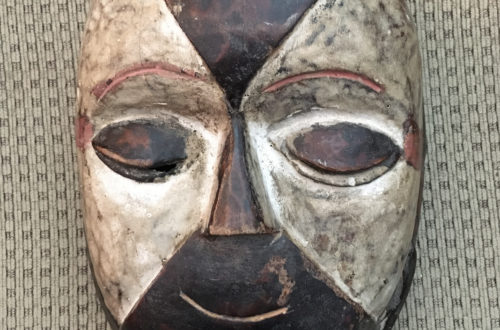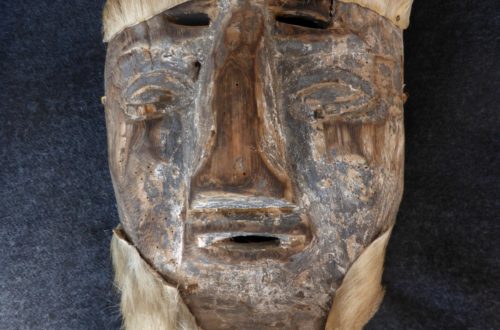
Q: I am working as part of a new BBC drama set in 1814. One of our main characters has links back to Africa and we are trying to find some information/ images of Ashanti masks of this year or just after/ before. I have struggled to find any information on this so far and I am not sure as to whether this tribe really used masks…. I was wondering whether you could offer any help or advice as to what African masks looked like during this time period? Ideally we are looking at Ashanti masks however I don’t think that it is very likely we will get far with that so we are branching out into other African tribes/ countries. Harriet, 874
A: To the best of my knowledge the Ashanti people have no interest in masquerade. However, small gold sculptures and beautiful textiles play an important role in their artistic culture. Or you could assume that some masks from Ivory Coast would make their way across the nearby border. The Baule people would be a good choice because they have many wonderful mask designs. On page 19 of my new book, Masks of the World, you will find a picture of this large Kple Kple created by the Baule of Ivory Coast. This style of mask is used to amuse the audience at dance performances and is popular with collectors. A





One Comment
Ed Jones
Ethnic groups did not necessarily correspond to any defined (colonial state) borders; ethnic boundaries have always been porous; the past two centuries in particular resulted in forced settlements of neighboring groups influencing one another’s cultures throughout West Africa and the Ivory Coast. This is certainly true of pre-colonial Africa.
Actually, the Ashanti people did indeed have an interest and history of masking… the Ashanti produced fascinating gold examples.